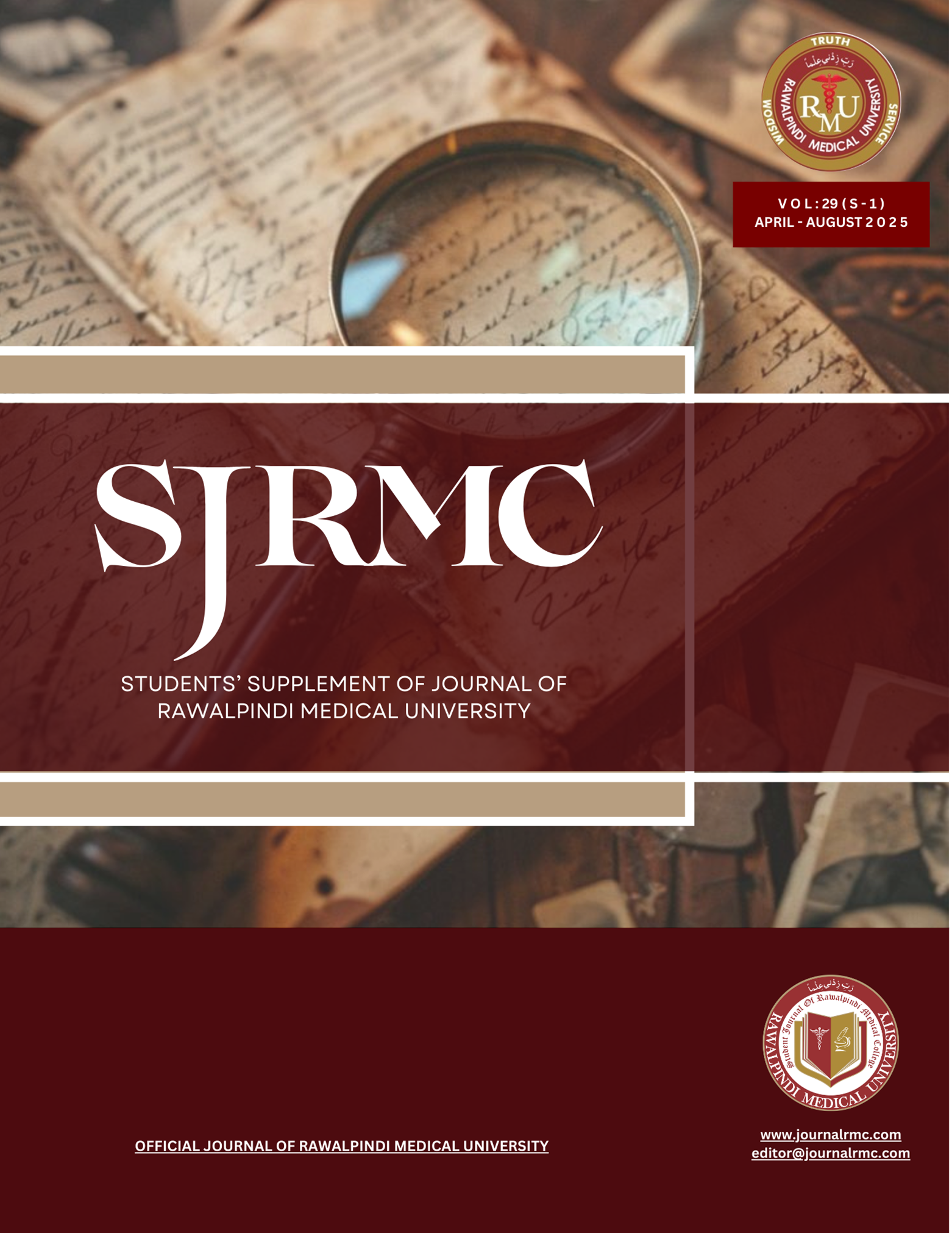Abstract
Introduction:
Blood clotting is a crucial homeostatic process that prevents excessive bleeding after injury. This study investigates the influence of physiological parameters like blood type and gender on Clotting Time. While previous studies suggest potential associations between pathologic conditions and Blood Clotting Time, the evidence remains inconclusive for such an association between physiologic conditions like blood group and gender, and Blood Clotting Time. Additionally, regional variations in Clotting Time are understudied. This study aimed to investigate the relationship between clotting time, blood type, and gender in a Pakistani population.
Objectives:
The objectives of our study were to investigate the association between blood group ( ABO and Rh) and Clotting Time in a healthy young adult population from Pakistan and to determine if there are significant differences in Clotting Time of males and females.
Material and Methods:
A Cross-sectional, observational study was conducted on 208 healthy subjects, 108 males and 100 females. Blood groups were self-reported by participants while Blood Clotting Time was measured by the Capillary Tube Method. The Association of Clotting Time with gender and blood group was checked.
Results:
Clotting Time was highest in the O blood group and lowest in AB and this relation was significant (p value=0.001). Among Rh blood groups, Rh negative had higher Clotting Time than Rh positive, but this relation was not significant (p value=0.564). Females had higher Clotting Time than males with high significance ( p value=0.00).
Conclusion:
Females and O blood group individuals are more susceptible to abnormal bleeding in cases of trauma or surgery, therefore necessary measures should be taken before undergoing invasive procedures. Studies with a larger number of participants need to be done to determine risk groups more accurately.

